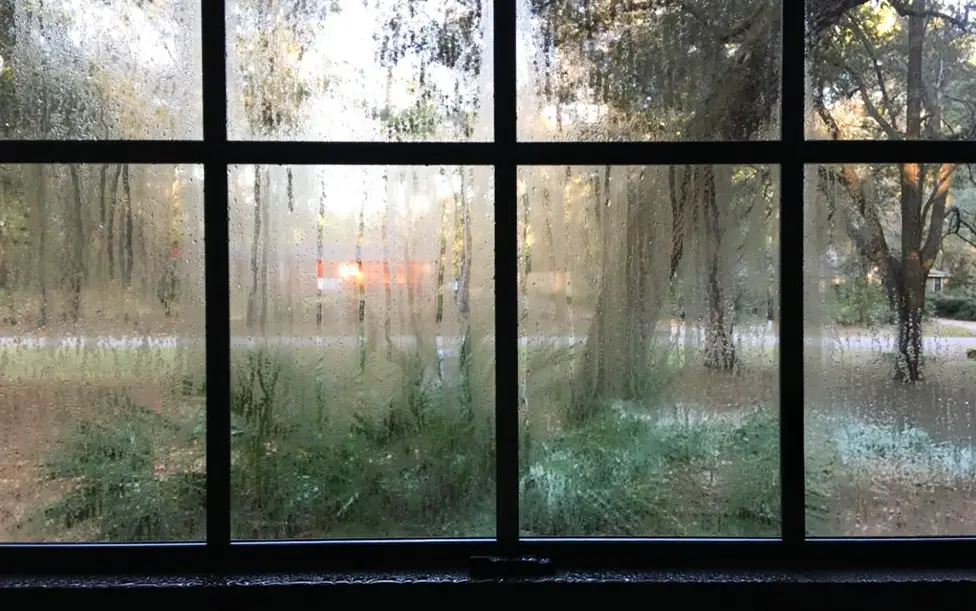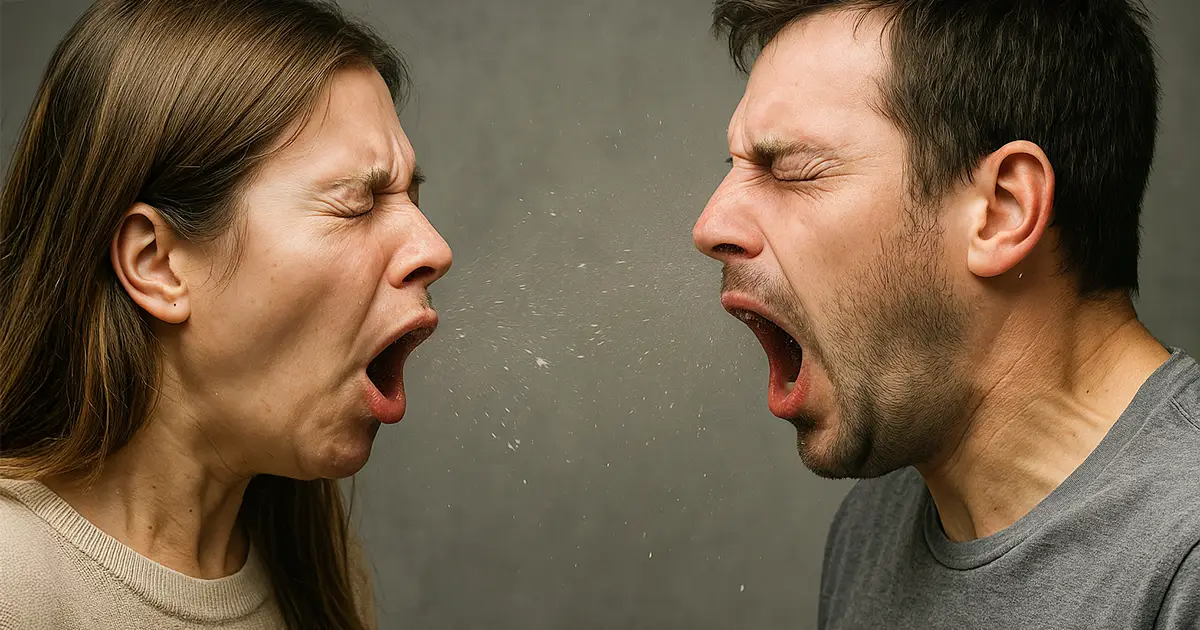Autumn is finally here in Greenville, and that means cooler evenings, Friday night football, and everything pumpkin spice. But if you live in Hunt County, you know fall also means the return of allergies. That runny nose and constant sneezing? They’re real, and ragweed, mold, and dust are the culprits finding their way into your home.
Here’s something interesting: if you’re sniffling more on your couch than you are outside, your HVAC system might be making things worse. But with the right upgrades and maintenance, it can actually become your best weapon against fall allergies.
Let’s talk about how to make that happen.
What’s Floating Around Greenville This Fall?
Ragweed is public enemy number one in North Texas during autumn. This persistent weed starts pumping out pollen in late August and keeps going through October. Even if your yard is ragweed-free, the pollen travels for miles on the wind, so you’re not safe just because you don’t see it.
Then there’s mold from all those fallen leaves and dust mites that get stirred up when we start closing our homes for cooler weather. A lot of people think spring is allergy season, but folks in rural areas like ours know fall can be worse since we’re spending more time indoors where pet dander, old carpet fibers, and bacteria in your ductwork can make the air worse than what’s outside.
Your HVAC Controls More Than Temperature
Most people think their HVAC system just heats and cools the house. But it’s actually running constantly, circulating whatever is floating through your home… dust, pollen, dander, all of it.
If your system is poorly maintained or running outdated filters, it can make your allergies worse by spreading allergens around. A clean, upgraded, and properly maintained system, though? That can make a real difference in how you feel this season.
Why Humidity Control Matters in Greenville
Humidity isn’t just about comfort. It directly affects your indoor air quality. Too much moisture encourages mold growth, and mold spores are one of the top indoor allergy triggers. But air that’s too dry irritates your throat and nasal passages, making you more sensitive to allergens.
The sweet spot is between 30% and 50% humidity. If your home regularly swings outside that range, a whole-home humidifier or dehumidifier can help stabilize things. These units work alongside your HVAC to prevent mold, reduce dust mites, and keep you comfortable year-round.

Upgrade Your Filter. It’s Worth It
One of the easiest and most affordable ways to cut down on allergens is upgrading your air filter. Most systems come with a basic filter that’s designed to protect the equipment, not your health. These standard filters catch big particles but let the small stuff like pollen and pet dander sail right through.
If you want to target allergens, look for filters with a MERV rating between 11 and 16. HEPA filters are even better, but they can restrict airflow in some systems, so check with an HVAC professional first to make sure your unit can handle it.
And here’s the obvious part that people still forget: replace your filters regularly. Once a filter gets clogged, it stops doing its job. Set a monthly reminder during high-allergen seasons to check it.
Whole-Home Air Purifiers Actually Work
Those little desktop air purifiers might help in a bedroom, but they’re not going to touch the rest of your house. Whole-home air purification systems get installed right into your HVAC ductwork and clean air as it moves through every room.
These systems remove dust, pollen, mold spores, and pet dander continuously. They’re especially useful in homes with open floor plans where allergens move freely between spaces. If someone in your family has asthma or respiratory issues, this upgrade offers real relief.
UV Lights Kill What Filters Can’t Catch
UV lighting is one of those upgrades people don’t know about until they experience it. Installed near your HVAC coils or inside your ductwork, UV lamps use ultraviolet light to neutralize harmful particles.
They don’t filter allergens the way a traditional air filter does, but they stop mold, mildew, and bacteria from growing inside your system. For families dealing with serious allergy triggers or compromised immune systems, this is a game-changer. It’s also one of the best ways to make sure your system isn’t harboring anything that could mess with your air quality.
Let Smart Tech Do the Work
You don’t need to manually adjust your HVAC every time the pollen count spikes. Modern smart systems let you automate air quality management through apps, schedules, or voice commands.
Using platforms like IFTTT, you can create rules that respond to environmental changes. When the local pollen count rises, your air purifier kicks on automatically. You can sync your system with smart air quality monitors to detect real-time changes indoors and adjust on the fly.
Voice-activated controls make it even simpler. With Alexa or Google Assistant, you can change settings, turn on purifiers, or check system performance without getting up. For busy families, these smart integrations take the guesswork out of allergy prevention.
Don’t Skip Your Fall Maintenance
All the fancy filters and smart features won’t help if your HVAC system hasn’t been properly maintained. Dust buildup inside the unit, mold on the coils, and clogged ductwork all contribute to poor air quality.
An annual maintenance visit lets a technician from Wright’s Air clean and inspect your system, replace worn components, and make sure air is circulating efficiently. We offer maintenance plans with two seasonal tune-ups, priority service, and repair discounts. This is a smart investment you can make for long-term comfort and system life.
Get on the fall schedule early. Once cold weather hits, our availability books up fast. Schedule your inspection before the rush, and your system will be ready to handle allergy season without problems.

Small Habits That Help
- Keep windows closed: on high pollen days.
- Leave shoes at the door: so you’re not tracking allergens through the house.
- Change clothes: after yard work or spending time outside.
- Bathe pets regularly: and keep them off fabric furniture when possible.
- Vacuum weekly: with a HEPA-filtered vacuum cleaner.
Combined with HVAC upgrades, these small changes create a strong defense against the worst of fall allergies.
Final Thoughts
Allergy season doesn’t have to keep you miserable or constantly reaching for tissues. A smart, well-maintained HVAC system can turn your home into a refuge from the allergens swirling around North Texas right now.
If you’re ready to improve your indoor air quality and actually get some relief, contact us today at (903) 455-5662. Wright’s Air can help with everything from filter upgrades to whole-home purifiers and seasonal tune-ups. Let’s get your system in shape so your sinuses can finally catch a break. “`

